Leading market players are investing heavily in research and development in order to expand their product lines, which will help the Immersive Technology in Education Sector Market, grow even more. Market participants are also undertaking a variety of strategic activities to expand their footprint, with important market developments including new product launches, contractual agreements, mergers and acquisitions, higher investments, and collaboration with other organizations. To expand and survive in a more competitive and rising market climate, Immersive Technology in Education Sector industry must offer cost-effective items.
Manufacturing locally to minimize operational costs is one of the key business tactics used by manufacturers in the Immersive Technology in Education Sector industry to benefit clients and increase the market sector. In recent years, the Immersive Technology in Education Sector industry has offered some of the most significant advantages to medicine.
Major players in the Immersive Technology in Education Sector Market, including Acer Inc., Atheer, Inc., AVEVA Group PLC, Barco NV, Blippar Ltd., Carl Zeiss AG, CM Labs Simulations Inc., EON Reality, Inc., FAAC Incorporated, Google, LLC, HCL Technologies Limited, Honeywell International, Inc., HTC Corporation, Immersive Media Company, Immersive Technologies Pty Limited, Lockheed Martin Corporation, Magic Leap, Inc., NCTech Limited, Oculus (Facebook Technologies, LLC.), Samsung Group, Sony Corporation, Unity Software Inc., Varjo Technologies Oy, VI-grade GmbH, Zeality Inc. and others, are attempting to increase market demand by investing in research and development operations.
Honeywell International Inc. is a business that deals with engineering and technology. In order to address issues in a variety of industries, including energy, security, safety, productivity, and urbanization, the company develops and produces technologies. Among Honeywell's offerings are specialty chemicals, process technologies, electrical and complex materials, productivity, sensing, safety and security technology, and replacement parts. It also provides management, technical, maintenance, and repair services. In the building, petrochemical, aerospace, and refining industries, Honeywell serves customers in North America, Europe, and other continents. It runs manufacturing and other enterprises all around the world.
The corporate headquarters of Honeywell are located in Charlotte, North Carolina, in the US.
Among the smart handheld gadgets that HTC Corp (HTC) creates and makes are smartphones and tablets. The company's product line includes PDA phones, virtual reality gear and related accessories, as well as other IoT products. Additionally, the company offers a variety of accessories for sale, including true wireless earbuds, adaptive audio earphones, USB type-c connections, power banks, and dual port car chargers. It provides products through important carriers, local retailers, online stores, and its own eStores. For smart mobile devices, it provides marketing, maintenance, and after-sales services, media streaming and download, as well as examination and consultation services.
The company conducts business throughout the Americas, Europe, and Asia-Pacific. HTC's headquarters are in Taipei's Taoyuan City.
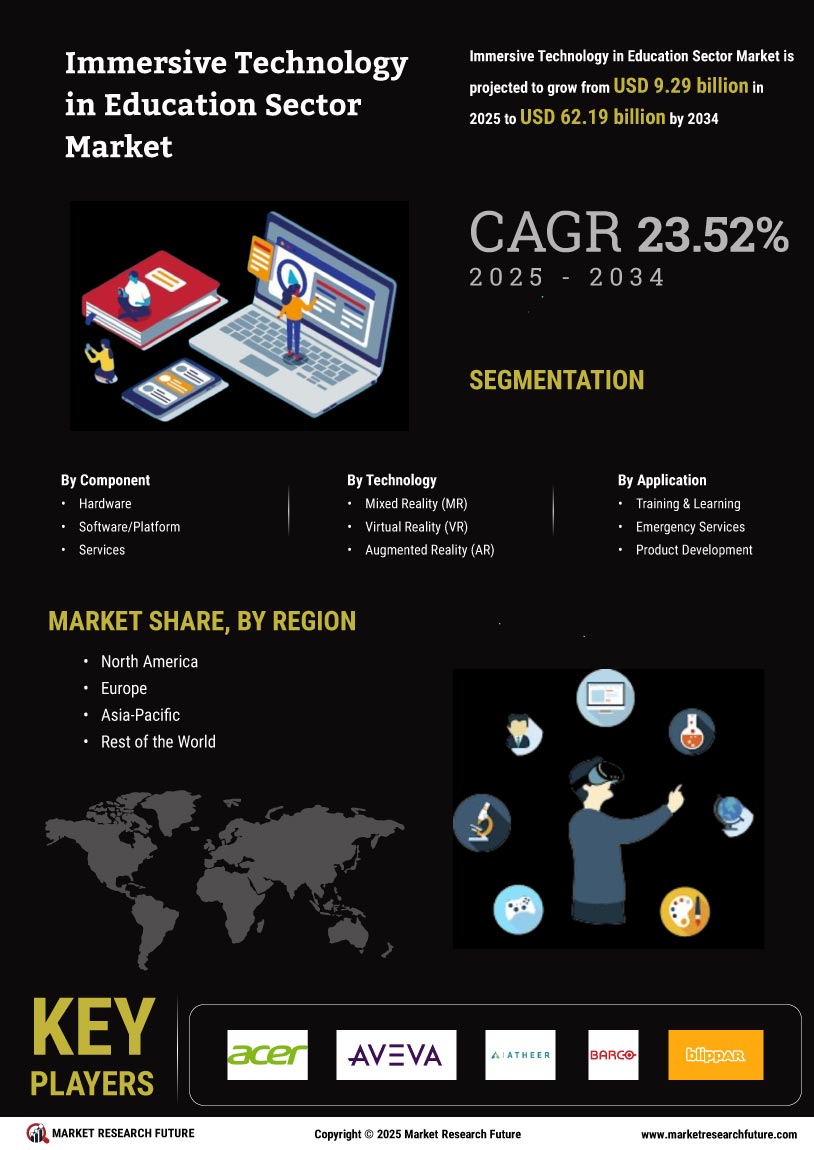

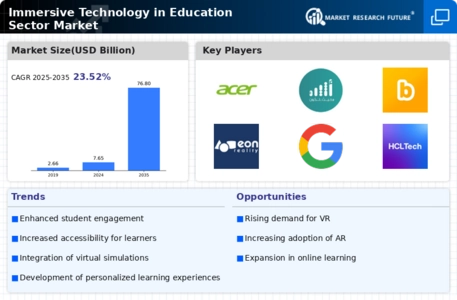
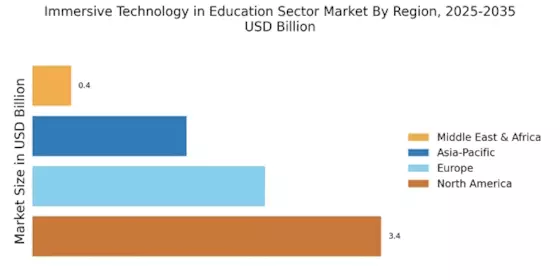



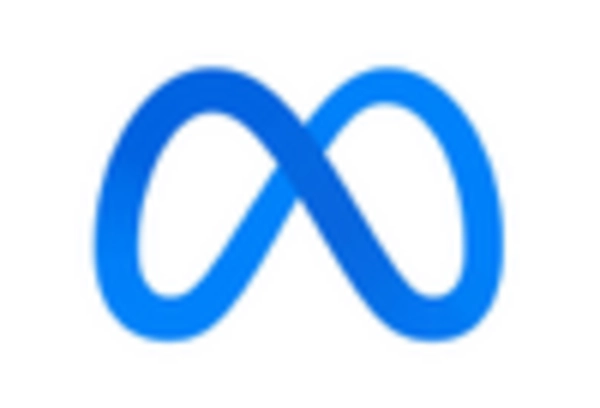

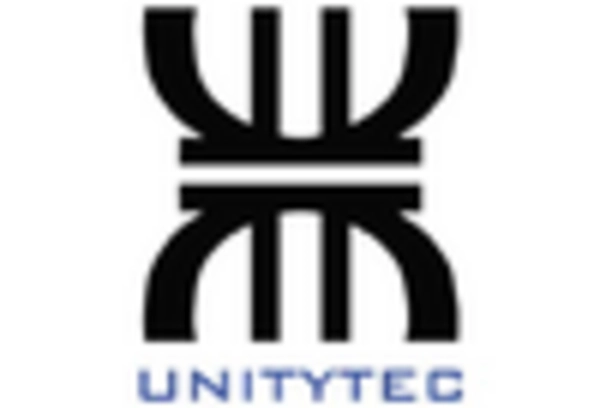








Leave a Comment